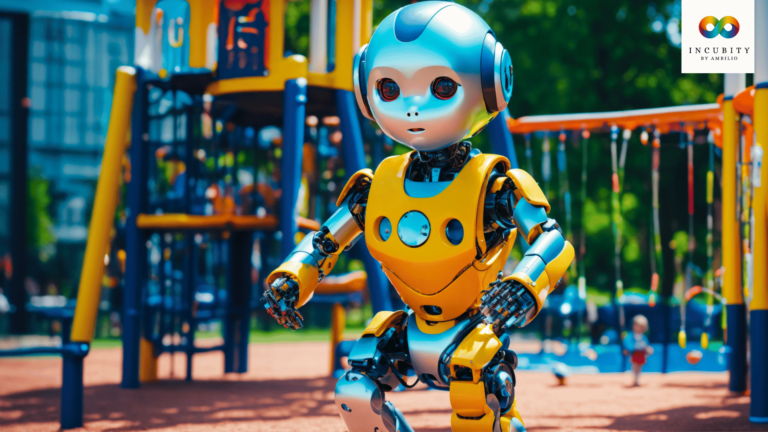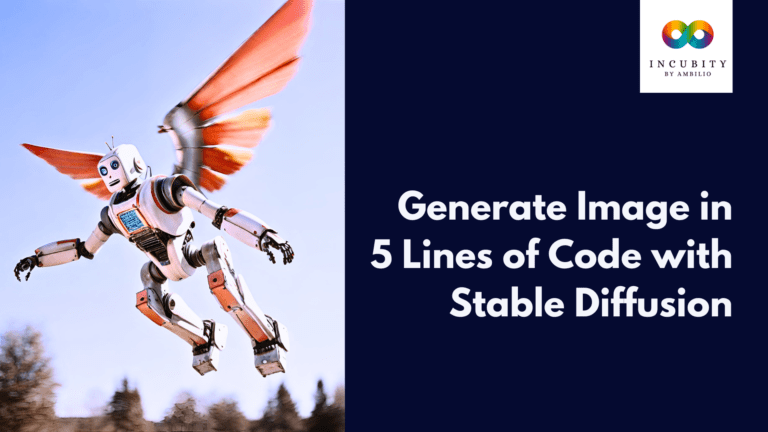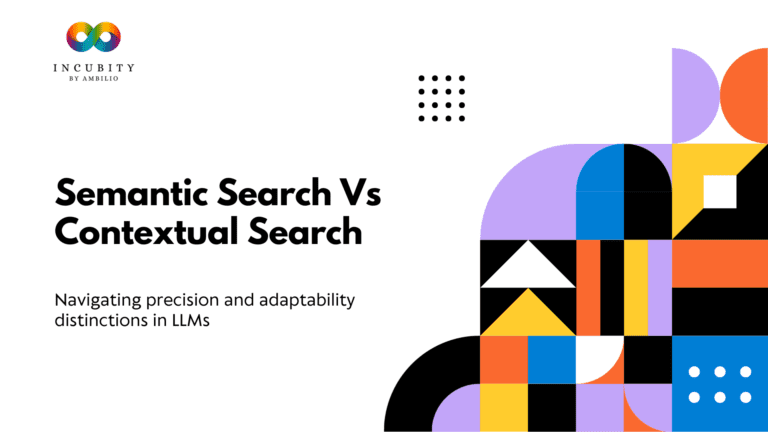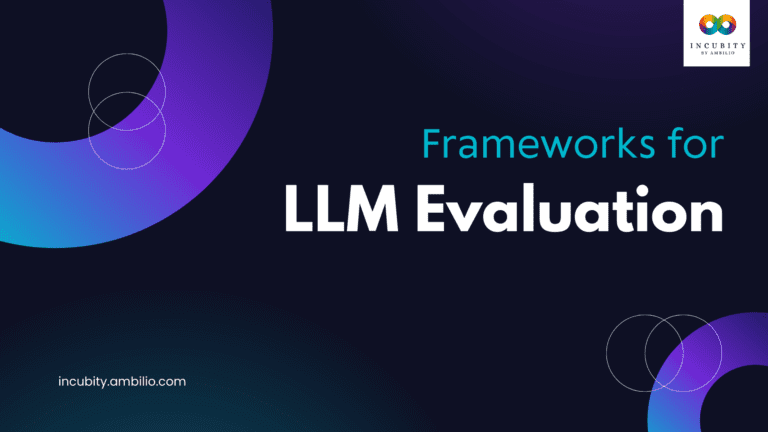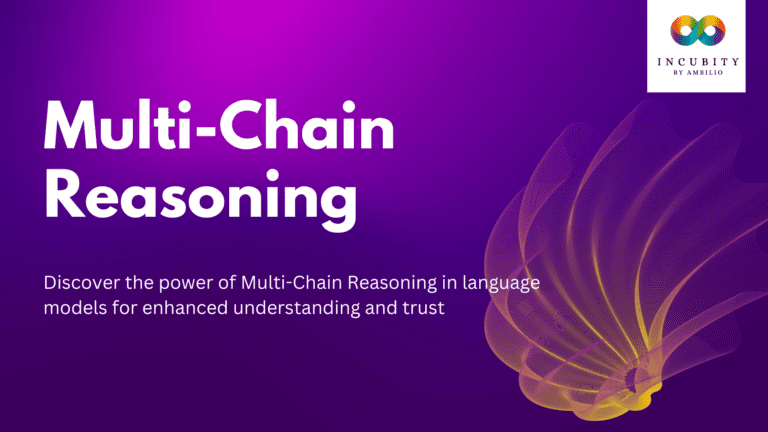In the realm of artificial intelligence and machine learning, the quest to develop models that can adapt, generalize, and make accurate predictions across a wide spectrum of tasks and concepts has been an ongoing challenge. Large language models, such as GPT-4, have emerged as transformative tools in this pursuit, showcasing their remarkable capabilities to understand, generate, and manipulate human language.
In this exploration, we delve into the fascinating paradigms of zero-shot learning, one-shot learning, and few-shot learning, unveiling how these approaches harness the immense power of large language models to tackle tasks they have never explicitly encountered during their training. These methodologies represent critical breakthroughs in machine learning, enabling models to perform tasks, recognize classes, and make predictions with varying degrees of exposure to training data.
Throughout this discussion, we will dissect each of these paradigms, offering detailed insights and concrete examples to elucidate their mechanisms and real-world applications. From zero-shot learning’s ability to extract knowledge from its training data and apply it to novel tasks, to one-shot learning’s knack for classifying based on a single example, and the intermediate approach of few-shot learning—where models can generalize from a handful of examples—we will navigate the intricacies of these concepts.
Zero-Shot Learning
Zero-shot learning is a machine learning approach in which a model is expected to perform a task or recognize classes it has never seen during training. In the context of large language models:
Example: Imagine you have a large language model and you want it to answer questions about countries’ capitals, even though it has never been explicitly trained on this task.
- Training Phase: The model is trained on a diverse dataset, learning language patterns and general knowledge but without specific information about country capitals.
- Task Specification: During inference, you provide a prompt like, “What is the capital of Argentina?” The model, despite having no direct training data about this specific question, can still generate the correct answer, “The capital of Argentina is Buenos Aires,” by drawing on its general knowledge and language understanding.
Zero-shot learning relies on the model’s ability to generalize from its training data and apply that knowledge to new, unseen tasks or concepts based on provided context.
One-Shot Learning
One-shot learning is a machine learning approach where a model is trained to recognize new classes or make predictions based on only one example per class during training. In the context of language models:
Example: Suppose you have a language model, and you want it to classify movie genres based on a single movie description, even if it has seen only one example per genre during training.
- Training Phase: During training, the model is exposed to one example for each movie genre, such as “action,” “comedy,” and “drama.” It learns to associate text patterns with these genres.
- Inference: In the real-world application, you provide a movie description like, “A group of friends embarks on an epic adventure to save the world.” The model, despite having seen only one training example per genre, can classify this description as “action” because it has learned to recognize text patterns associated with that genre.
One-shot learning enables a model to make predictions with minimal examples for each class, making it useful for tasks with limited training data.
Few-Shot Learning
Few-shot learning is a variation that allows a model to make predictions or perform tasks with a small number of examples per class during training, typically more than one but still significantly fewer than traditional machine learning.
Example: Consider a language model trained for few-shot learning in the context of restaurant reviews. You want it to identify whether a given review is positive or negative, even though it has seen only a few examples of each sentiment during training.
- Training Phase: The model is exposed to a small set of positive and negative restaurant reviews to learn patterns associated with sentiment. It doesn’t require a large training dataset for each sentiment class.
- Inference: When presented with a new restaurant review, the model can make a sentiment prediction based on the patterns it has learned. For instance, given the review “The food was delicious, but the service was slow,” the model can correctly classify it as “positive.”
Few-shot learning strikes a balance between traditional machine learning (which often requires a large amount of labeled data) and one-shot learning (which has minimal training examples).
In summary, zero-shot learning, one-shot learning, and few-shot learning are different techniques for leveraging large language models’ generalization capabilities in various scenarios with varying levels of training data. These approaches enable models to adapt to new tasks and make predictions effectively, even when the training data is limited or nonexistent for those specific tasks or classes.


